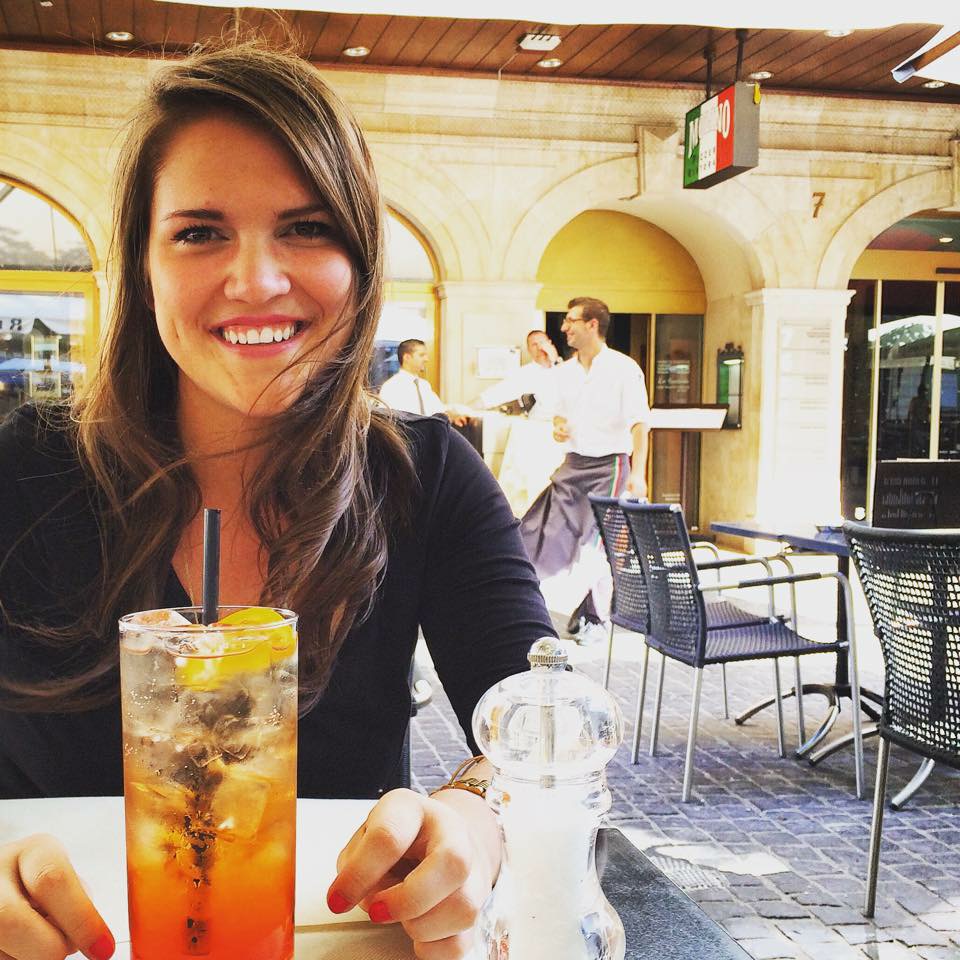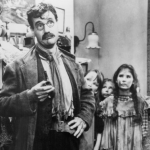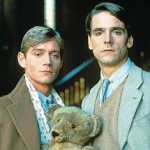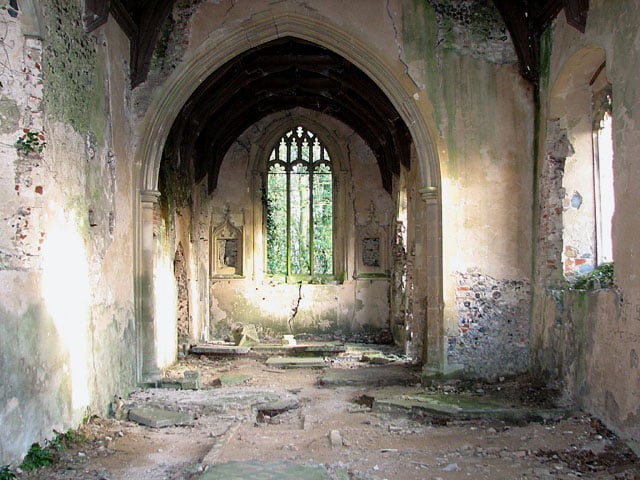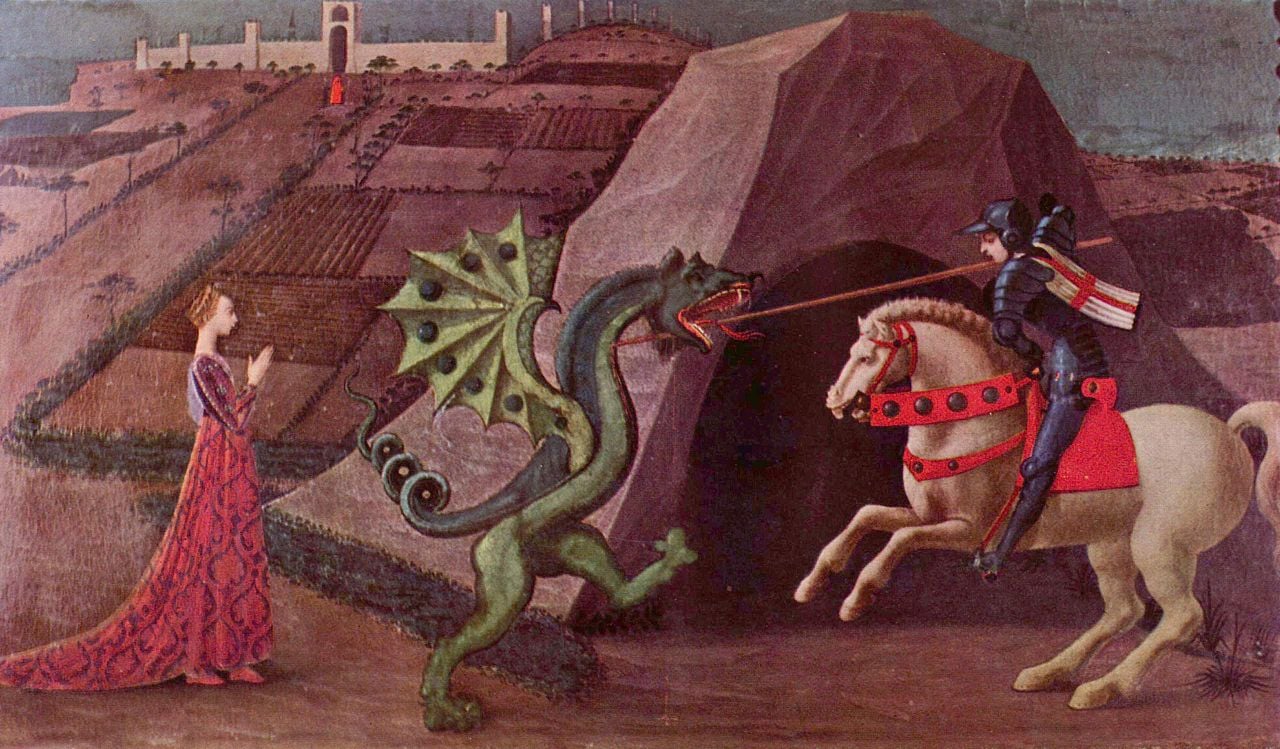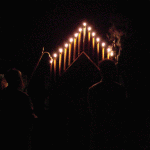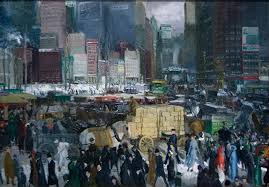
Before I knew it, two big kisses embraced both of my cold cheeks.
I had barely stuck my hand out to introduce myself before the tall, broad, and slightly greying Italian man standing in front of me gave me this intensely warm gesture. With his deep, blue-grey eyes, and Italian accent I felt seen, loved, and appreciated within seconds of being inside the door of a meeting hall in downtown New York. This man didn’t know anything about me—why was he so kind, gentle, and excited to see me?
“Ciao bella! It is so good to see you! What is your name? Is this your first time here? Who did you come with?”
This past weekend thousands of young people, families, and religious gathered together in New York City. Not for a concert, a Broadway show, or even sight seeing, but for an “Encounter.” In fact, most people there probably didn’t wander too far off the block of 18th and 6th where they all came together for an annual event put on by the religious movement Communion and Liberation, called—you guessed it—the New York Encounter.
This movement began in Italy with one priest, Luigi Gusianni, and a bunch of misfit kids trying to understand the person of Jesus Christ and more precisely his Incarnation. How is God, Emmanuel, actually with us? How do we see Him?
Though I had heard about this conference from friends throughout college and from the Italian family I have taken to since moving to DC, it was my first time attending. Yet I was bombarded as soon as I walked in the door with sensory affirmation and belonging. It felt like I was at a big Italian family reunion, except I didn’t actually know that I belonged to it until I was there.
It was quite hilarious, frankly. Like clockwork after each session, half of the participating congregation would assemble outside for a coffee and smoke break. And like with my Irish family at the cocktail table, that is where most of the magic happened: standing around a smoking circle listening to how the talks, exhibits, encounters and embraces with old friends were impacting how they saw the rest of their lives.
So what exactly did this reunion, smoking, and the New York Encounter have to do with faith or Theology of the Body, you might ask? Well, everything actually.
While I stood around in the bitter cold of the Big Apple with taxi’s honking just because they felt like it, I began a conversation with a friend, Tony, about this idea of mediation; the principle that we come to know God through other things and in particular a face—a person. This may seem obvious. Of course we encounter Christ through the face and person of Jesus!
But this discussion about mediation stemmed even further and deeper than purely an idea for me this weekend. I realized that every experience of God is mediated through a face; in marriage with our spouse, in religious and priestly life with the Church, in our prayers with our Lady and the saints.
We encounter Jesus, always through a face, whether that is the face of our mothers, the Christians suffering in the Middle East, our fathers, our friends, Pope Francis, the priest at our parish, the poor. We experience the sufferings, joys, consolations, and convictions through our human experience with the people we meet in the reality of our everyday lives.
We look into the grieving or joyful human eyes of the person in front of us and detect something deeper. Why is it that our facial expressions reveal so much? We get to know something about the other’s essence, a presence within them by looking at them straight on. We long to see the face of our loved ones even to the point of creating a phone app that allows us to Face-Time.
In his presentation on the Natural and Revealed Meaning of Human Sexuality, Paul Gondreau, a professor at Providence College, took it a step further and even pointed out that the sexual act between human lovers is different than between animals because it is “face-to-face.” The most intimate act is done face to face! There, where life is transmitted, the beloved gazes upon a face with ecstatic love. He says,
“Nothing symbolizes better how the sexual joining of bodies becomes elevated to the level of personal union and of spiritual fulfillment than the face-to-face bodily position. In this connection, we should recall that face to face is the very image St. Paul uses in 1 Cor 13:12 when addressing the ultimate destiny of man, and thus the ultimate meaning we can ascribe to our humanity, namely, the attaining to beatific glory, or to the immediate beholding of the Triune God “face to face,” wherein all human desire, bodily and spiritual, shall find complete and everlasting satisfaction. The sexual union of man and woman ‘face to face,’ in its own faint yet privileged way, points toward our final aim, toward supreme human glory.”
In the city of dreams, luxury, and the landing place of our ancestors, a new desire for fulfillment was born: a desire for faces—or in the words of C.S. Lewis, until heaven where “we will have faces.” What really mattered were those right in front of me. It was almost as if I heard the voice of Jesus whisper, be present to the people in front of you. Look upon their faces.
So maybe I won’t start embracing people with kisses on their cheeks before they tell me their name, but I could at least start gazing upon their face more when they speak. After being embraced, present to the conversations around me, and content with just being in one block of New York City I started to grasp the essence of the humanity of Christ in front of me—looking into their eyes, the window of the soul, in order to reverence the face of God Incarnate in front of me.
***
Molly Judd is currently living in Washington, D.C. as the programmes coordinator for Chiaroscuro Institute. This past summer she worked for Caritas Internationalis in Geneva, Switzerland, but still considers St. Louis the best place on earth. She attended Benedictine College for undergraduate and considers herself a proud Raven and aspiring Thomist.

